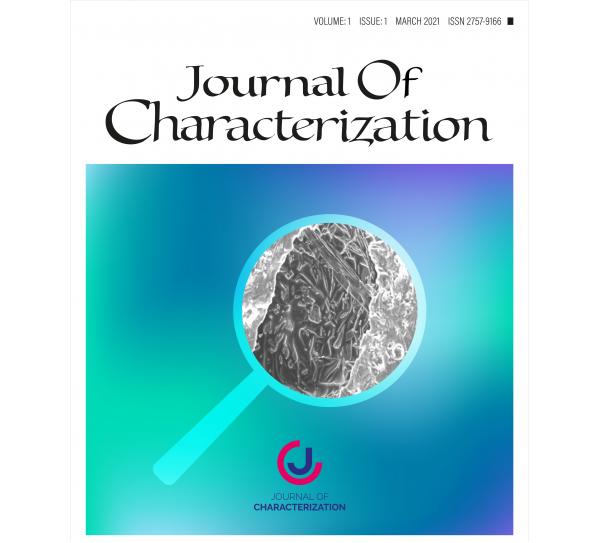Author :
Abstract
Ürünün kullanım alanına bağlı olarak mekanik özelliklerin elde edilmesinde termomekanik haddeleme işlemi büyük önem taşımaktadır. Düşük karbonlu ve mikro alaşımlı çeliklerde yüksek mukavemet, sertlik ve tokluk değeri elde etmek için sıklıkla kullanılan bir haddeleme yöntemidir. Termomekanik haddeleme işlemi ile bobin üzerinde hem mekanik işlem hem de ısıl işlem yaparak mikroyapıyı değiştirmeye çalışır. Bu çalışmada, niyobyum ve titanyum alaşımlı çeliklerde termomekanik haddeleme sonrası mekanik özellikler ve mikro yapı değişiklikleri incelenmiştir.
Keywords
Abstract
Thermomechanical rolling process is of great importance in obtaining mechanical properties depending on the area of use of the product. It is a frequently used rolling method in order to obtain high strength, hardness and toughness value in low carbon and micro alloy steels. With the thermomechanical rolling process, it tries to change the microstructure by performing both mechanical processing and thermal treatment on the coil. In this study, mechanical properties and microstructure changes after thermomechanical rolling in niobium and titanium alloy steels were investigated.
Keywords
- [1] Dossett, J. L, Totten G. E., (2013). Steel Heat Treating Fundamentals and Processes, ASM Handbook Volume 4A
- [2] DeArdo, A. J. (2001). Metallurgical basis for thermomechanical processing of microalloyed steels. Ironmaking & Steelmaking, 28(2), 138-144.
- [3] Cui, Z., Patel, J., & Palmiere, E. J. (2016). Thermomechanical processing of structural steels with dilute niobium additions. In HSLA Steels 2015, Microalloying 2015 & Offshore Engineering Steels 2015 (pp. 281-287). Springer, Cham.
- [4] Poliak, E. I., Pottore, N. S., Skolly, R. M., Umlauf, W. P., & Brannbacka, J. C. (2009). Thermomechanical processing of advanced high strength steels in production hot strip rolling. la metallurgia italiana.
- [5] Rosado, D. B., De Waele, W., Vanderschueren, D., & Hertelé, S. (2013). Latest developments in mechanical properties and metallurgical features of high strength line pipe steels. International Journal Sustainable Construction & Design, 4(1).
- [6] Carretero Olalla, V. (2015). Influence of the thermo mechanical control processing finishing condition on microstructure and properties of high strength low alloy pipeline steels (Doctoral dissertation, Ghent University).
- [7] Wang, X. Q., Yuan, G., Zhao, J. H., & Wang, G. D. (2020). Microstructure and Strengthening/Toughening Mechanisms of Heavy Gauge Pipeline Steel Processed by Ultrafast Cooling. Metals, 10(10), 1323. [8] Tamura, I., Sekine, H., & Tanaka, T. (2013). Thermomechanical processing of highstrength low-alloy steels. Butterworth-Heinemann.
- [9] Konstrukcijska, V. M. H. (2011). High-strength low-alloy (HSLA) steels. Materiali in tehnologije, 45(4), 295-301.
- [10] Almatani, R. A., & DeArdo, A. J. (2020). Rational Alloy Design of Niobium-Bearing HSLA Steels. Metals, 10(3), 413.
- [11] Uranga, P., & María Rodríguez-Ibabe, J. (2020). Thermomechanical Processing of Steels. [12] Mitchell, E. B. (2019). Toughness and separation improvement of thick plate X70 pipeline steels (Doctoral dissertation, Colorado School of Mines).





